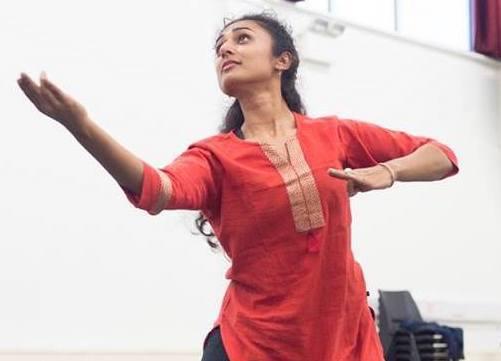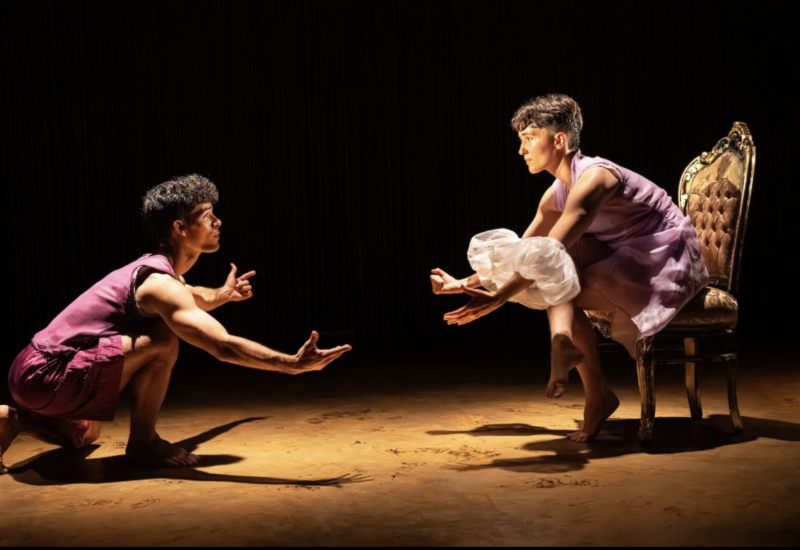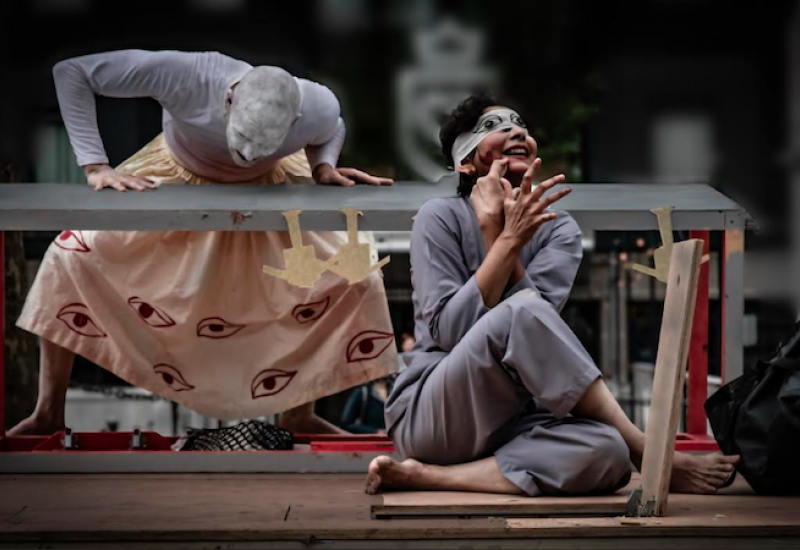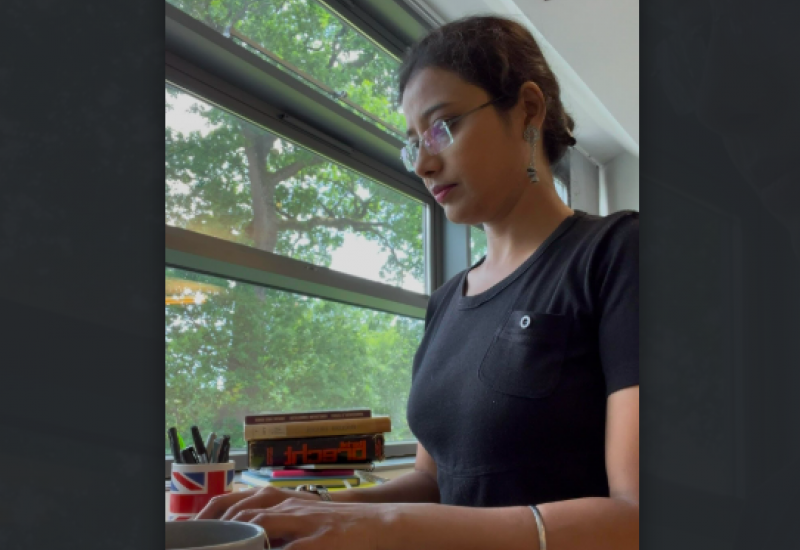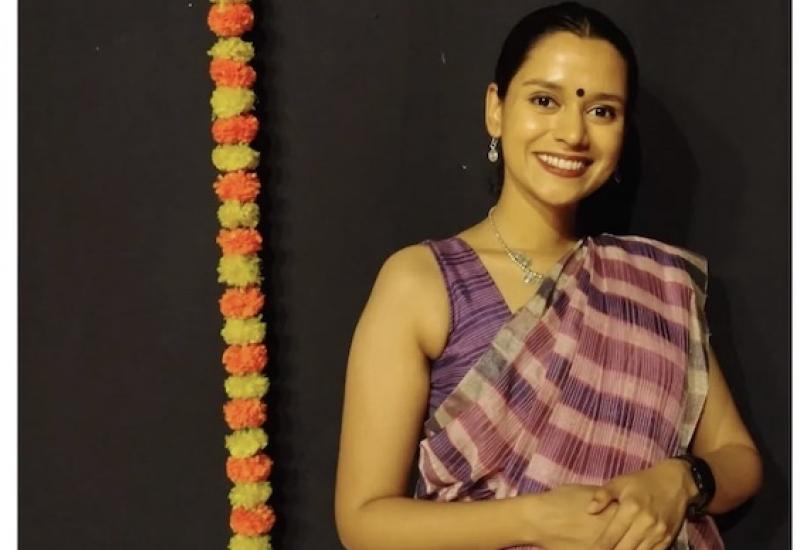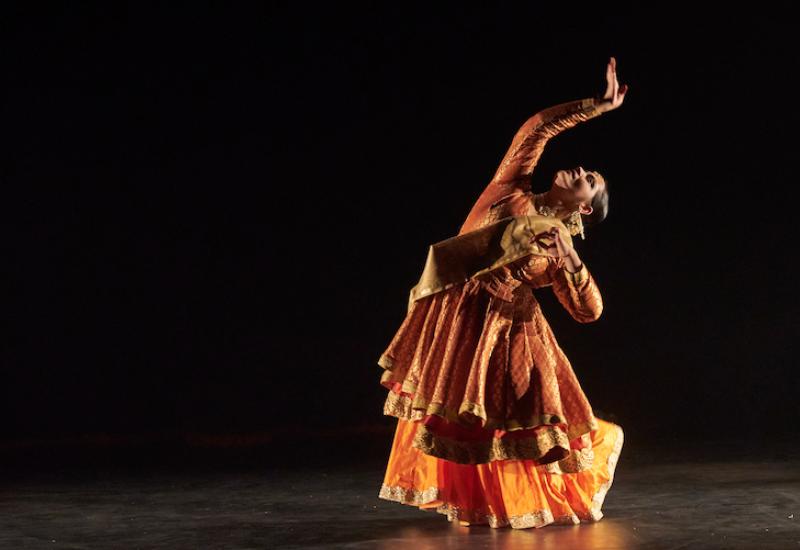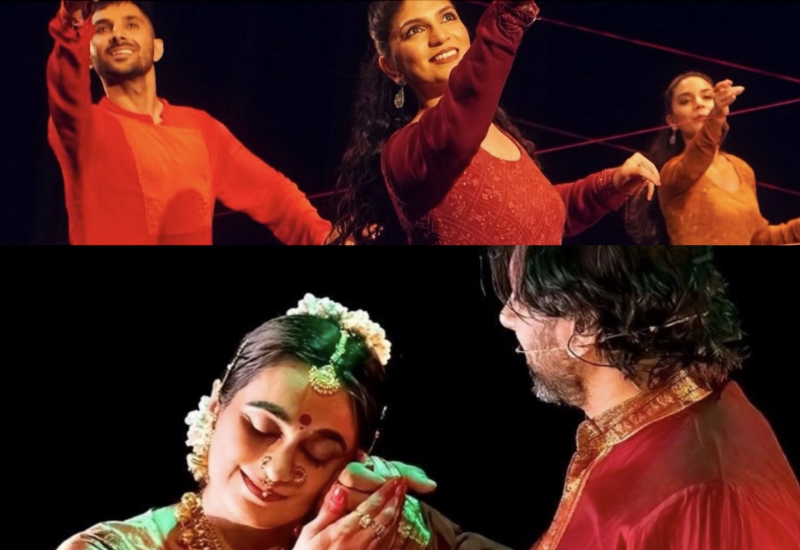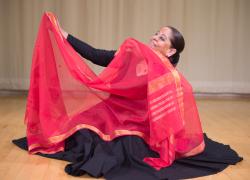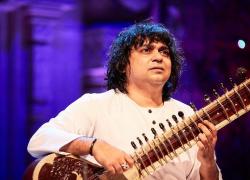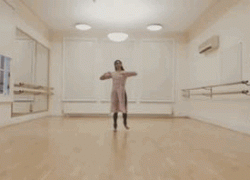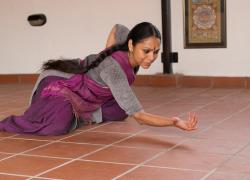What does it mean to practise?
What does it mean to practise? What does it mean to practise bharatanatyam?At the intersection of a sport, an art form, theatre, an inherited culture and a musical tradition, bharatanatyam contains an inherent plurality that doesn't make clear the best approach to practising.
You are initiated into dance practice through the repetition of exercises that aim to make the fundamentals of the form second nature to the body. This grows to include movement sequences, repertoire pieces that get longer and more complex, and finally whole shows or maargams. Proficiency with rhythm becomes essential and dancers exercise their voices as they practise keeping rhythm. Abhinaya or storytelling pieces require more detailed practising; a study of the text and of the subtle differences between interpretations. One can feel like a literature student. Things become more complicated when all this practising becomes in aid of a livelihood. In the UK, versatility becomes an aspiration as dancers seek to be involved in multiple projects with different choreographers. Sharing your work with the community involves an improvisational capacity as you work with audiences and people in hospitals, schools, care homes and outdoor festivals. Your command of dance needs to encompass leading and teaching as workshop facilitation enters the financial sustainability equation.
So when you're gratefully back in the studio alone to practise, what do you practise? And most importantly, how do you practise? Do you battle against the pain in your thighs like you would at the gym? Do you simply do what you can in a non-judgemental manner like you would in meditation? Do you do justice to your title as an artist and let your curiosity dominate? Do you let spiritual joy lead you through your work, as you would in ritual? Or perhaps, do you schedule time in for all of these modes, strategising for success as you would for any career?
I'm tempted to think that arriving at a suitable approach is a long process in itself and that it results in a way of practising that is subjective and individual. There probably isn't just one correct way or a clear formula. And in this case, it seems sensible to expect an industry of dancers that are truly idiosyncratic, and tied together by bharatanatyam only as a starting point. This makes me wonder then, when I’m in the studio practising, why I feel pressure to turn out a certain way or meet the narrow expectations of those that cast judgement.

